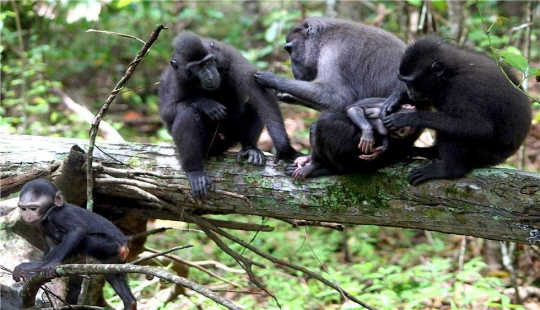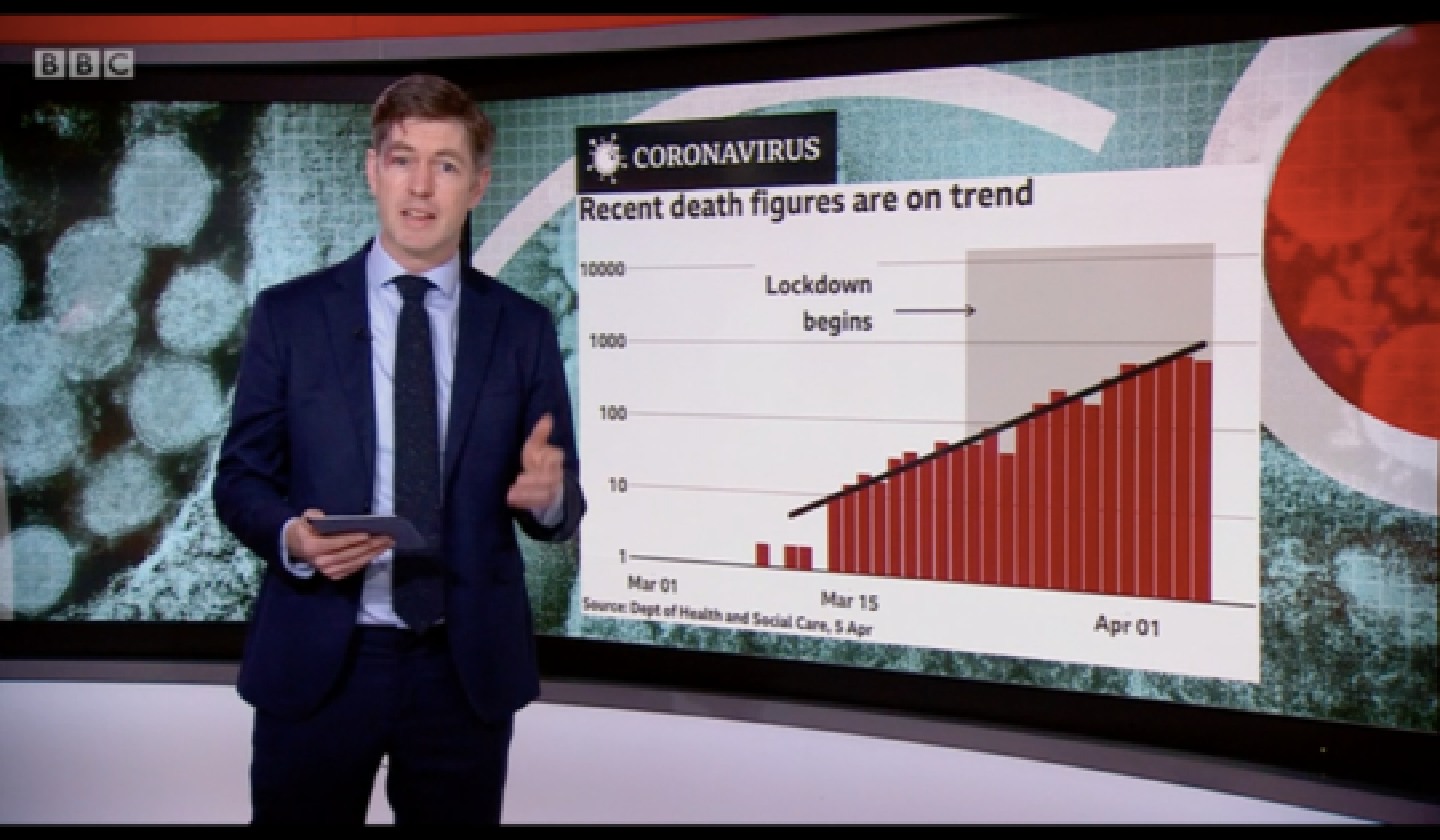
Charles Darwin was right: Groups enjoy an advantage when their members are “ready to aid one another and to sacrifice themselves for the common good,” according to a new study.
Using variations of the public goods game, the researchers showed that when no other mechanism is present to reinforce group cooperation, the threat of group extinction is sufficiently powerful to motivate and increase cooperation within a group.
“People respond to threats to their group. They’re willing to forego opportunities to free ride on the efforts of their group members,” says Rick Wilson of Rice University, a coauthor of the study in the journal PLOS ONE.
The article provides insight into the origins of group conflict and “supports the notion that competition between groups is part of what has cultivated human cooperation,” its authors say.
“History seems to support the idea that a group working together can overcome another group and drive them to extinction,” says Wilson, a professor of political science, professor of statistics and of psychology. “But it had not been clear whether this was due to groups cooperating when in competition or to pressure of extinction through selection.”
A classic experiment
The researchers conducted a controlled laboratory experiment to determine whether competition or extinction drives increased cooperation within groups. The experiment was based on the public goods game in which participants in groups are each given a set amount of money. Each group member secretly chooses how much to put into the group account and how much to retain for their own account. The amount in the group account is multiplied by a set factor, and the payoff is equally divided among the members of the group; participants also keep the money they did not contribute to the group account.
In the researchers’ experiment, 168 undergraduate students were randomly assigned to groups of four. No participant knew who their fellow group members were, and all interactions were conducted anonymously over a computer network.
The game consisted of two blocks of 10 periods. Each period every subject was given 50 monetary units and decided how much to keep in their private account and how much to put in the group account. The private account paid one to one. The contributions to the group account were doubled by the experimenters, and the total of the group account was divided equally among each member of the group.
“This basic experimental design has been used hundreds of times, and free riding is common,” he says. “We wanted to know whether competition or extinction works to eliminate free riding in the way that Darwin suggests.”
Four variations on the game
The researchers used four treatments in their experiment:
The first treatment replicated the standard public goods game. At the end of each period, subjects found out how much was contributed by others in their group to the group account. They were told nothing about the contributions of participants in the other groups.
Group competition was introduced in the second treatment. Subjects saw the same information as in the first treatment; however, they were told that at the end of the first 10 periods their group would be ranked in terms of total earnings against the other groups in the experiment.
In the third treatment, extinction was introduced. Subjects were told that at the end of 10 periods their earnings would be compared with all other subjects’ earnings. One-third of the lowest earners would be removed from the experiment and not allowed to participate in the second block of 10 periods.
In the fourth treatment, extinction was applied to groups rather than individuals. Subjects were told that at the end of the first 10 periods their group’s earnings would be compared with the other groups’ earnings. Groups that fell in the bottom one-third of earners would be removed from the experiment and would not participate in the second block of 10 periods.
Enhanced cooperation
The researchers found that in treatments one through three, average contributions declined steadily over the first 10 periods. “Over time, people contribute less to the public good and favor their private investments,” Wilson says.
“But when we introduce group extinction, we see a remarkably different result,” he says. “At the outset, individuals contribute almost everything to the group account. The pressure of group extinction results in individuals cooperating within the group.”
Researchers found that group extinction, the fourth treatment, led to greater contributions to the group account (92 percent of the endowment, on average) than any other treatment (35 percent in first treatment, 36 percent in third treatment, or individual extinction, and 42 percent in the second treatment, group comparison).
The authors note that “group extinction leads to enhanced cooperation as long as the selection mechanism is present. Once it is removed, contributions remain higher for a time, but fall quickly toward … zero contributions. The culture of cooperation engendered by the group extinction mechanism has only a brief longer-term carryover after the mechanism is removed.”
Additional coauthors are from Texas A&M University and the University of East Anglia.
Source: Rice University
Related Books
at InnerSelf Market and Amazon

























